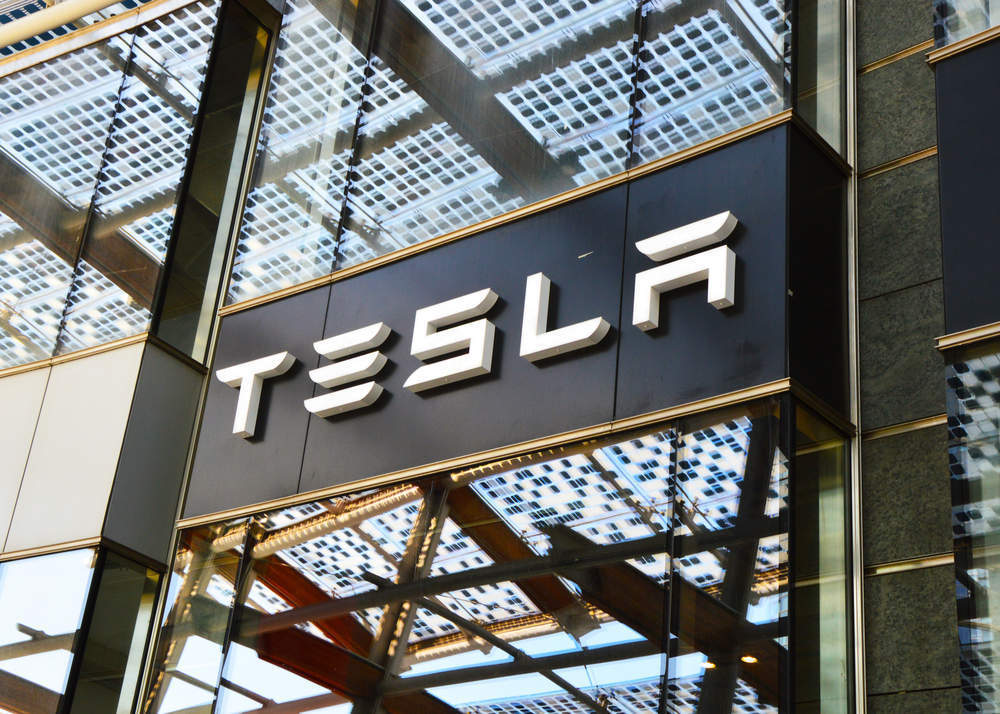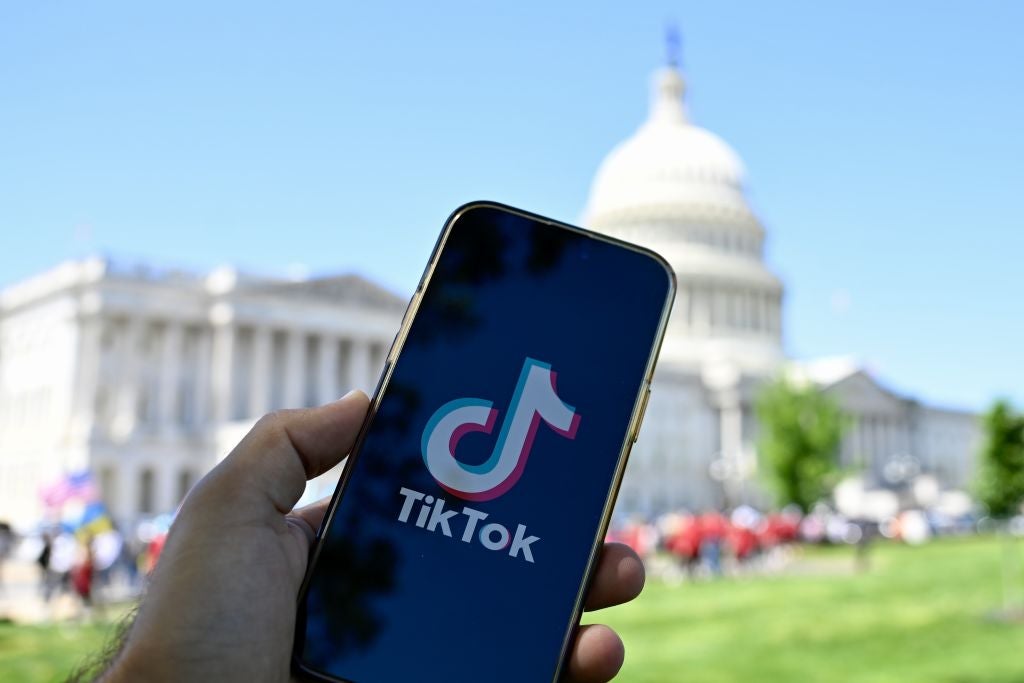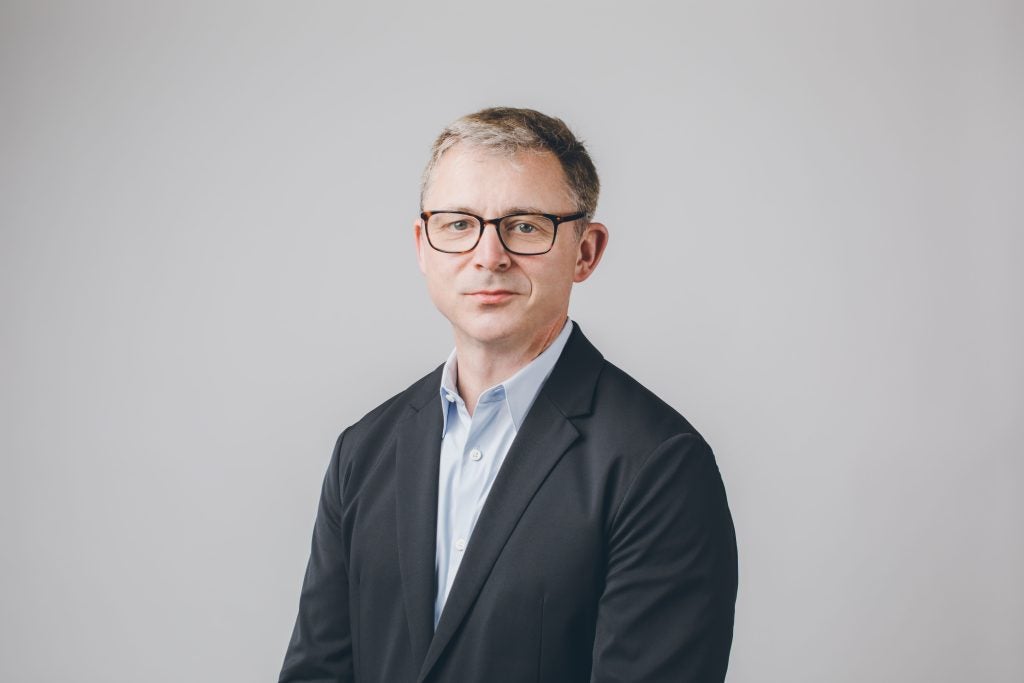
Since Tesla CEO Elon Musk announced that he would take the luxury electric car maker private, there has been much speculation as to where that funding has come from and if he really has it. Much of that speculation has centred around the Public Investment Fund (PIF), Saudi Arabia’s sovereign wealth fund.
Part of the basis for that speculation comes from the PIF’s recent acquisition of just under 5% of Tesla. At Tesla’s current share price, that stake is worth between $1.9bn and $3.2bn.
The PIF has also invested heavily in technology, such as its five-year investment in SoftBank Group, reportedly worth $45bn. The Japanese conglomerate runs Vision Fund, the world’s largest technology fund.
These factors have led analysts and investors to speculate that the PIF has plans to increase its stake in Tesla, although with the company valued at $82bn including debt, it is unlikely that the sovereign wealth fund has the funds for a complete buyout.
Am considering taking Tesla private at $420. Funding secured.
— Elon Musk (@elonmusk) August 7, 2018
How well do you really know your competitors?
Access the most comprehensive Company Profiles on the market, powered by GlobalData. Save hours of research. Gain competitive edge.
 Company Profile – free sample
Company Profile – free sampleThank you!
Your download email will arrive shortly
Not ready to buy yet? Download a free sample
We are confident about the unique quality of our Company Profiles. However, we want you to make the most beneficial decision for your business, so we offer a free sample that you can download by submitting the below form
By GlobalData
What is the Saudi sovereign wealth fund?
The Saudi sovereign wealth fund was first established by royal decree in 1971. Like any sovereign wealth fund, the purpose of the state-owned entity is to invest its balance of payments surpluses.
Sovereign wealth funds tend to prefer returns over liquidity, which makes them more likely to opt for higher risk investments.
With Tesla currently the most shorted US stock and the company reporting a record net loss of $709.6m in the last quarter, it arguably fits that criteria.
The Saudi sovereign wealth fund has been the main investment arm of the country and has financed projects significant to the national economy, such as oil refining and electricity sectors.
Its chair is heir to the Saudi throne Mohammad bin Salman Al-Saud. The Crown Prince and Deputy Prime Minister was appointed to the role in 2015.
The rest of the nine-strong board is largely made up of ministers, from departments such as commerce, finance and energy.
In 2014 the PIF was granted authority to fund companies – in or outside of the Kingdom – without the council’s prior approval.
This restructuring has led to the Saudi sovereign wealth increasing its investments, both foreign and domestic.
Who has the Saudi Sovereign wealth fund invested in?
The Saudi sovereign wealth fund has around 200 investments in its portfolio. Around 10% of those are listed on Tadawul, the Saudi Exchange.
According to the Sovereign Wealth Fund Institute (SWFI), its total assets are worth $250bn.
This makes it the 12th highest asset rich sovereign wealth fund in the world. Like most, it had its origins in oil but its more recent investments span across sectors including energy, technology, mining, real estate and agriculture.
In June 2016, for example, the Saudi sovereign wealth fund invested $3.5bn in ride-hailing service Uber as part of its Middle East expansion.
It contributed $500m to e-commerce venture Noon and includes cargo shipping company Hagag-Lloyd in its portfolio.
Following US President Donald Trump’s visit to Saudi Arabia in 2017, the PIF announced plans to invest $20bn into a $40bn fund with investment group Blackstone for wide-ranging infrastructure projects in the US.
What is their goal?
With oil contributing 30-40% of Saudi Arabi’s GDP and the IMF predicting that this dependency could see the country go bankrupt by 2020, the PIF has been looking to diversify.
The Board of the PIF is looking to do this in a way that keeps to its Vision 2030 blueprint, a sweeping plan to reduce Saudi Arabia’s dependency on oil. It is also looking to establish the nation as an international trade hub and solidify its position as the “heart of the Islamic World”.
In addition, it hopes to see 50% of its military hardware developed domestically by 2030, increase domestic savings from 6% to 10% of household income and invest more in SMEs.
Oil sales generate the bulk of government revenues, which in turn fund the sovereign wealth fund. This means Tesla – whose mission statement is to accelerate the world’s transition to sustainability – could find itself in the position of being indirectly funded by the sale of oil.
That might not sit well with Musk, who has also stated that he would prefer a wide pool of investors.
Musk will meet with the Tesla board this week to discuss the proposal to take the company private, as pressure mounts for him to reveal the source of his funding.







